The Elder Scrolls V: Skyrim VR released less than a week ago and it’s taken the VR world by storm. With huge sales already spurring increased PSVR adoption, we’re in the middle of a big holiday-season swing for the VR market. Even though Skyrim VR is just an adapted version of a six-year-old game, it holds up surprisingly well. There’s no doubt that Bethesda has delivered what can only be described as VR’s most elaborate, detailed, and ambitious VR title to date.
Whether you’re new to Skyrim or you’ve completed the journey of the Dragonborn several times, we’ve got a whole host of tips that are sure to aid you on your travels. Playing Skyrim VR can be tricky with a big learning curve, so we’ll try to address as many details as possible.
General Skyrim VR Tips
Skyrim VR is a dense, massive, and highly interactive game. No two playthroughs will be the same and everyone experiences the world of Tamriel differently. Regardless of if this is your first time playing Skyrim, period, or you’re a veteran of the non-VR version, we want to start off this guide with some very high-level tips that could make a difference.
First and foremost, understand that Skyrim VR is a game that’s focused on letting you do whatever you want. Did your follower piss you off one too many times? Kill them. That shop keeper has a really nice dagger on their waist that you can’t afford? Pickpocket them and steal it. Want to become a badass battle mage that uses swords and fireballs? Then use swords and fireballs to get better at using swords and fireballs. And there is no wrong way to play Skyrim. All playstyles are viable and fun.
If there is anything that Skyrim doesn’t let you do, though, it’s run out of things to do. Within an hour or two of playing the game your quest journal will be overflowing with errands and adventures. All you have to do is talk to people. Shopkeepers might need help getting supplies, Jarls of kingdoms may need you to eradicate their bandit problem, or you could even be tasked with slaying a massive dragon. Sometimes you’ll even stumble upon quests just by walking around the wilderness or listening to tavern conversations.
Ultimately Skyrim is a game about empowerment and possibility. It doesn’t hold your hand or tell you how to do a lot of things, but simply allows you to do them. During our livestream yesterday in which I started building my house near Falkreath, a large number of viewers had no idea you could even build a house, although the DLC with that feature released over four years ago. Did you know you can get married, too? And have kids? Or that you can ride dragons in the Dragonborn expansion? You can even become a werewolf and a vampire. There is so much to do in this game it’s a bit overwhelming at times.
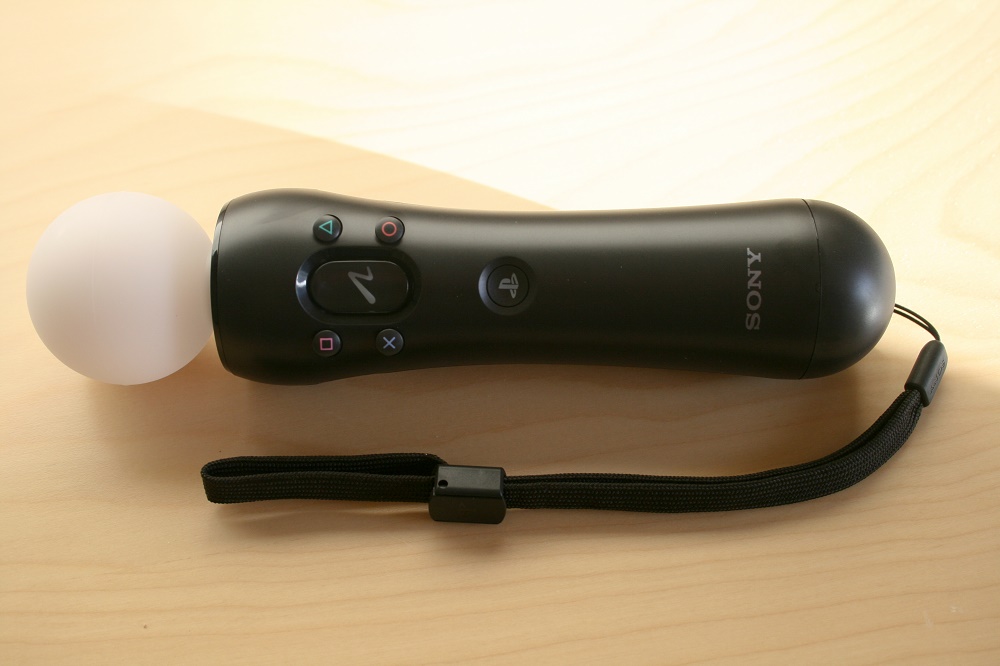
DualShockk 4 vs. PlayStation Move
There are three main ways to play Skyrim VR. You can see Bethesda explaining them all in the video near the top of this article, but we’ll break them down here as well. The first and most obvious method is by using a traditional PS4 DualShock 4 gamepad. You play just like you would outside of VR except your head can move around freely in the game world. You can customize how much of the screen dims when moving or turning (as well as turn it off all together) and choose between snap turning or gradual, smooth turning.
The other two options rely on the PlayStation Move controllers: teleportation or gradual, smooth movement. For teleporting you point with the left Move controller and click the Move button to teleport. In the case of smooth movement you point again, but now when you press the Move button your character moves smoothly through the game world as if you were using a control stick. It’s not the most intuitive or elegant solution to movement, but it gets the job done.
Personally, even though the controllers lack a d-pad or analog sticks and aren’t the greatest, I prefer the PS Move controllers because it feels much more immersive. However, if it’s late and I don’t feel like moving around, I’ll use the DualShock every now and then.
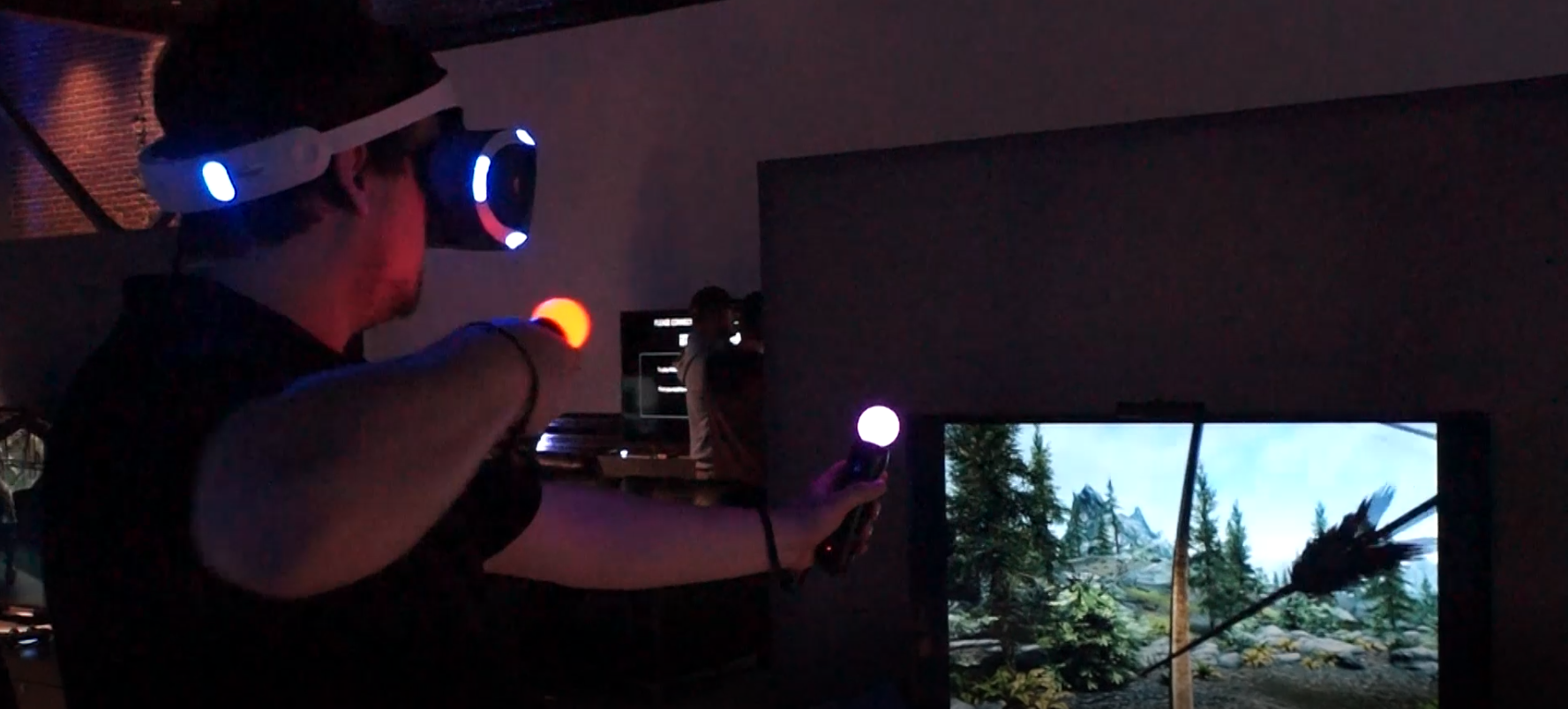
Mastering the Bow and Arrow
When I play Skyrim I almost always play a sword and shield warrior. It’s my go-to in most any fantasy game, to be honest. However, Skyrim VR has tempted me another way. The bow and arrow mechanics in this game feel incredibly good and it’s so satisfying when you hit an enemy from long distance. Unlike in the non-VR game, where you literally just point and pull the controller’s trigger to shoot an arrow, Skyrim VR has you physically pull back and loose the arrow using your actual hand movements. Whether or not you hit something has less to do with your ability to nudge an on-screen dot and more to do with your ability to actually aim.
It can be tricky though because of the PSVR’s hit-or-miss tracking system. The best advice I can give you is that you should 1) put your PS Camera above head height and point it downwards towards your neck/chest and 2) turn slightly to the side when shooting the bow so that the camera can see both hands at all times. If you face the camera straight forward then your arrow hand could get lost behind the bow hand and occlude tracking.
And don’t forget you can punch with the bow to stagger enemies!
Mastering Melee Combat
The bread and butter of Skyrim VR combat is surely good ol’ melee. Pick up any weapon from a sword to a mace to a hammer and you can start bashing in the heads of your foes. There’s nothing fancy to it, just start swinging with the PS Move controllers and you’re good to go. You can dual wield if you want, or use a two-handed weapon (which deactivates your left hand) or even equip a shield in your off-hand as well.
Now the trick to melee combat is that you want to maximize your playstyle’s strengths. That means if you’re dual-wielding you want to be aggressive and always be attacking. Your ability to block is diminished, which makes you more vulnerable, so attacking frequently is a better strategy. If you have a shield though (recommended in VR) then you have more options. Not only can you hold it up to blocks strikes, arrows, and elemental damage, but once you get close you can bash your enemies too by hitting them with the shield, which staggers them and creates an opening.
One thing to keep in mind here though is that if you block a heavy attack or take a big hit, you could get staggered yourself. In Skyrim VR this is represented by the game removing your weapons and displaying the Move controllers in place of your hands to signify you’re staggered for the moment.
If you can back your enemy into a corner and bash/strike repeatedly, then that is a great strategy, but it’s not always possible. A great trick is to point the left Move controller over your should behind you to backpedal out of the way of an attack, then dash forward for a shield bash and a few quick strikes.
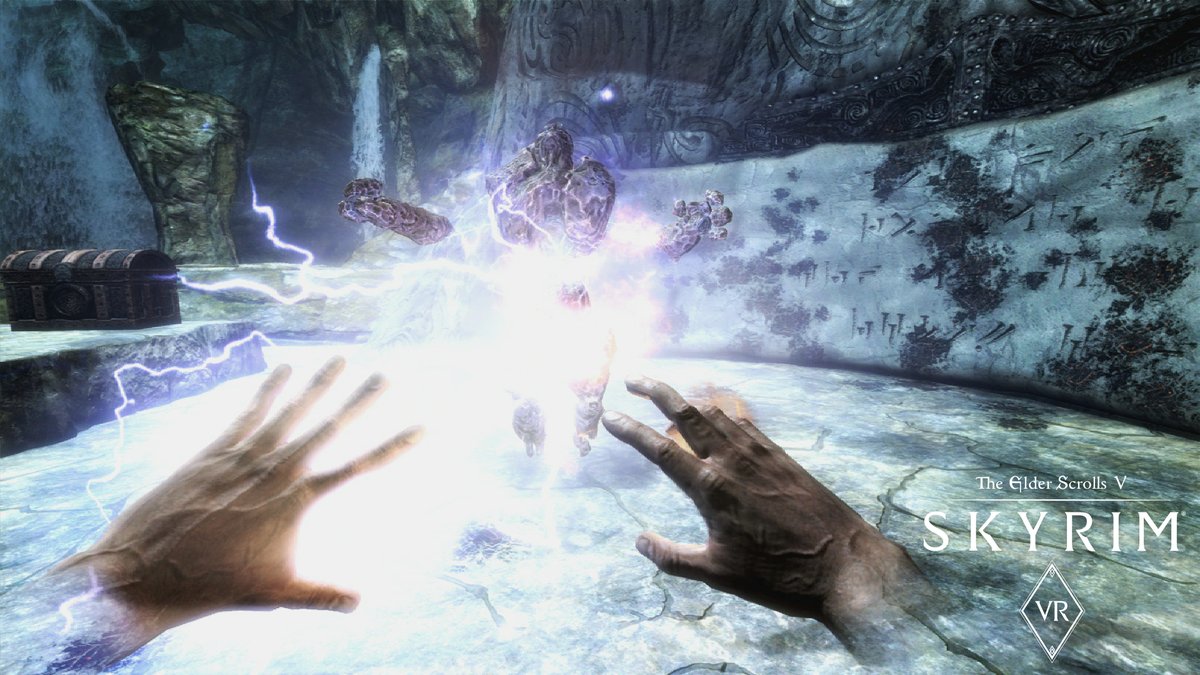
Mastering the Power of Magic
Using magic in Skyrim VR really feels powerful. Unlike in the base game, you get a great sense that energy is erupting from your palms. When you cast spells like Healing the aura surrounds you from all sides, encapsulating you in a ring of healing magic, for example.
Being able to move each hand independently makes a huge difference for spell casters. Now you can do things like shooting Flames at two different enemies, or even to your side. You could block arrows with a Ward on your left and throw a fireball at an enemy on your right. It’s just a bit tough to get the hang of aiming spells.
The trick is to think of your PS Move controller as a wand. Point the tip of the controller in the direction you want to cast your spell and that’s where it should go. Don’t think about how your hands are situated as much. Hopefully though Bethesda will add a targeting icon of some kind.
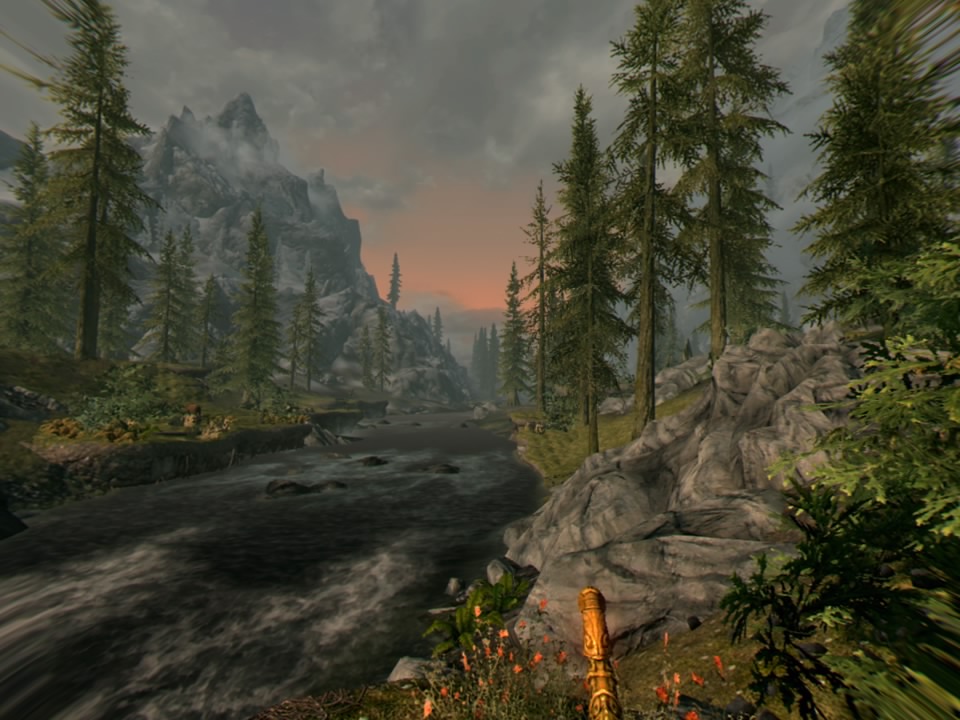
Advantages That VR Offers
The biggest advantage afforded by VR is just the simple fact that you get to really feel like you’re in Skyrim. Things like watching fish hopping through the water, butterflies landing on flowers, and the sun setting off in the distance are experiences now rather than just background noise and details. Walking through the forest, closing my eyes, and listening to the trickle of a stream is absolutely unreal.
Magic combat is much better this time around too, if a bit clunky at first. But the ability to shoot each hand independently in whatever direction you want is a literal game changer. And with melee combat it’s much easier to be hyper-aggressive and do repeated attacks and shield bashes unlike you could in the non-VR version.
But above all else it really does just go back to that sense of presence that Skyrim VR is oozing with while wearing a PSVR.
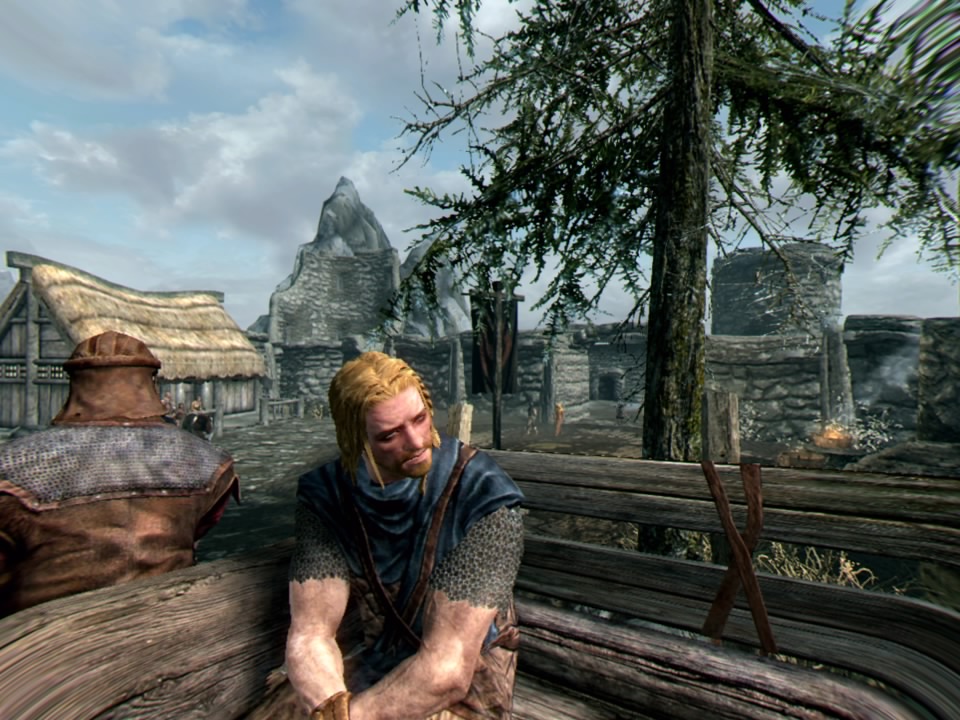
Setbacks Resulting From VR
Just because Skyrim is in VR now doesn’t mean the entire game is made better as a result. Unfortunately, anytime you port a non-VR game (let alone a six year-old game) to VR there are going to be some areas of the experience that suffer. In the case of Skyrim VR that is undoubtedly menu navigation. Using the Move controllers feels awkward with constant wrist flicking and even with a DualShock 4 craning your neck around to read test on a floating flat box is far from immersive. A more elegant interface or in-game representations (like a backpack instead of an inventory screen) would have been great.
Also, some other parts of the game just didn’t come across very well in general. The graphics took a significant hit in comparison to the non-VR versions of the game and many of the bugs are far more bothersome when it feels like you’re actually in the game world. And as of the time of this writing there isn’t even a way to look at your character again after the creation menu, which is a huge bummer. There are so many awesome sets of armor that you never get the chance to see yourself wearing.

And that just about does it. Everyone plays Skyrim differently so there are surely plenty of things that we’ve missed here so feel free to drop your own suggestions and tips down into the comments below. And if you really want to get serious, consider busting out your treadmill.
Fore more on Skyrim VR, make sure to read our full review and check out our livestreams on YouTube. Our most recent edition saw us building a house near Falkreath.


























